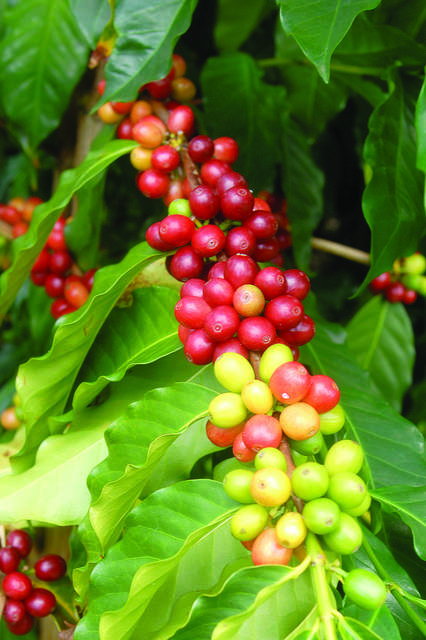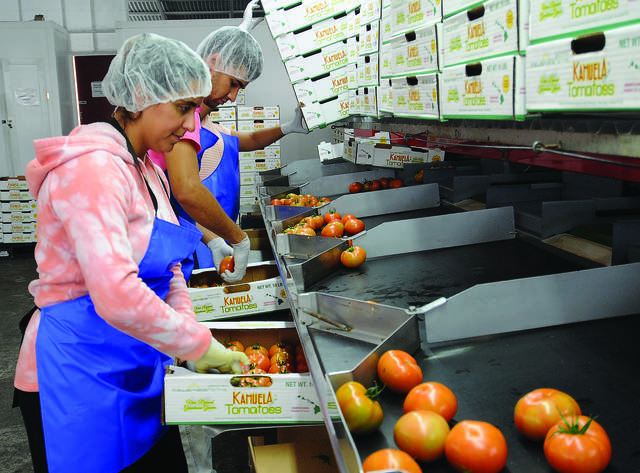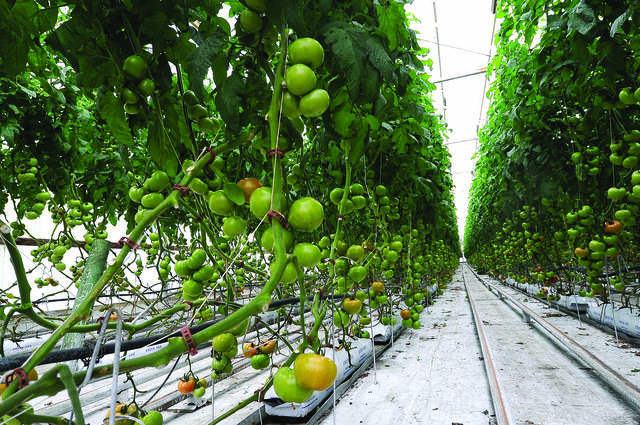KAILUA-KONA — The number of farms in Hawaii grew substantially from 2012 to 2017, though the market value of the industry dropped nearly $100 million over the same period.
That’s according to numbers released Thursday morning by the U.S. Department of Agriculture in its 2017 Census of Agriculture.
The total number of Hawaii farms rose from 7,000 in 2012 to 7,328 in 2017, the census showed. The most significant increase in the number of farms came from small farms between 1-9 acres, which rose by more than 450. Farms of 2,000 acres increased by only four, from 79 to 83. In addition, the number of farms with sales of $25,000 to $500,000 or more increased, according to the census.
Yet market value of Hawaii’s farming concerns dropped from $661 million to about $564 million over the five-year stretch.
A release from the Hawaii Department of Agriculture speculated that a significant portion of the decline could be related to the end of sugar operations on Maui in 2017. The state’s seed corn industry also decreased in value from $241 million in 2011-12 to $121 million in 2017-18.
Hawaii farmers are also getting older, the census found, as the average age of farmers in the state was 60.1 years in 2017 compared to 58.7 years in 2012.
“While the average age of farmers is slightly older, the increase in the number of new farmers is heartening,” Hawaii Board of Agriculture Acting Chairperson Phyllis Shimabukuro-Geiser said in the release. “We encourage local consumers to continue to increase their support of Hawaii farmers and ranchers and buy local because it really does have an impact on our community and lifestyle.”
New farmers may not have the kind of economic impact on the industry that might be expected from a nearly 5 percent bump in the number of total farms of a five-year period.
Farms that sold less than $2,500 worth of product annually increased by nearly 550 from 2,130 in 2012 to 2,671 in 2017, census data showed. Though some farmers may be consuming most of what they produce, which would help the state reach its food sustainability goals.
The Census data also indicates highlights for Hawaii farms:
• Vegetables, melons, potatoes and sweet potatoes sales in 2017 was about $85 million;
• Organic food sales rose from $6 million in 2012 to $15 million in 2017;
• Aquaculture sales increased from $57 million in 2012 to $74 million in $2017;
• Poultry and egg sales rose from $6.5 million to $8 million;
• Nursery and greenhouse product sales increased from $80 million in 2012 to $100 million in 2017;
• Direct sales to consumers rose from $13 million in 2012 to $28 million in 20117.
• Fruits, tree nuts and berries, however, saw a decrease in sales from $152 million to $144 million during the same stretch.
“The data in the agricultural census gives us a good snapshot of what was happening in agriculture in 2017,” Gov. David Ige said in the release. “These numbers should reinvigorate all efforts to continue to increasing Hawaii’s food security and self-sufficiency.”











